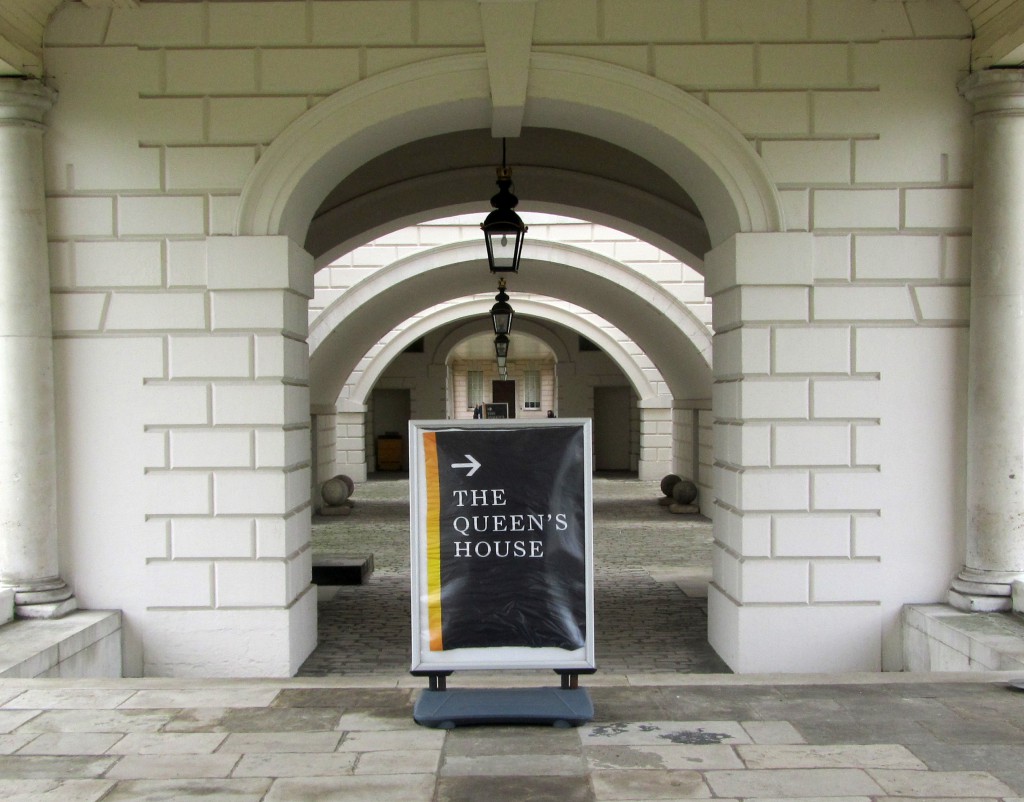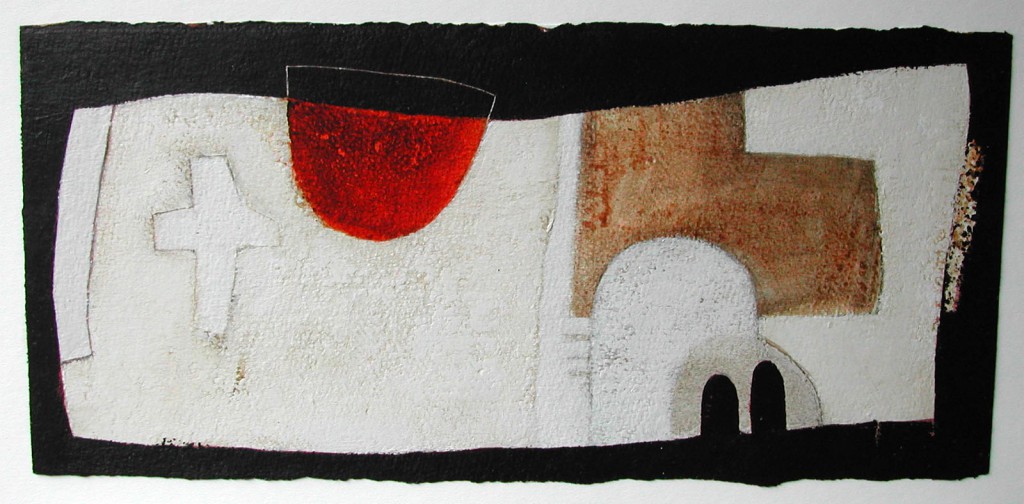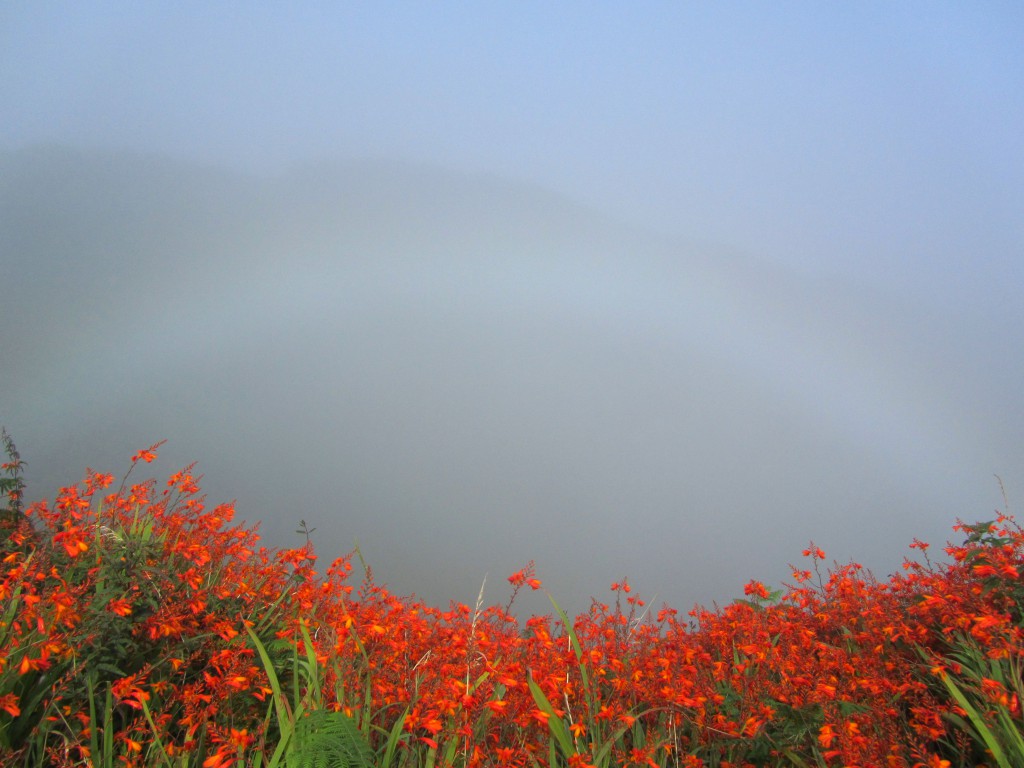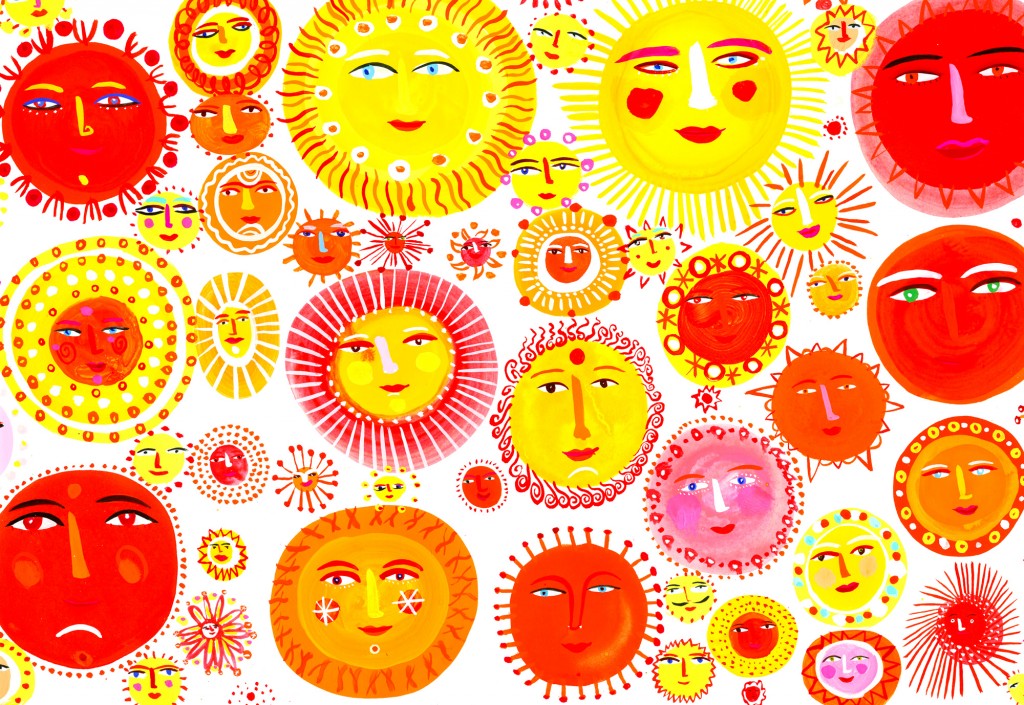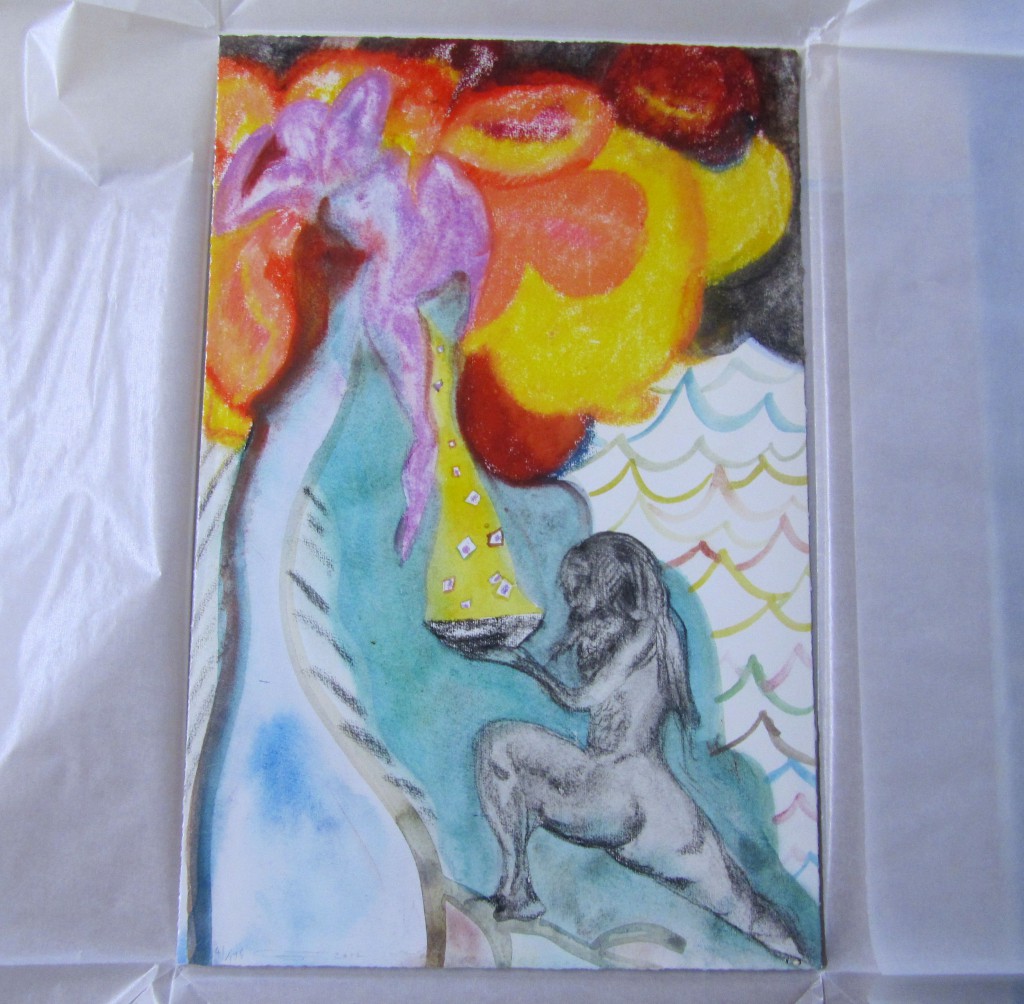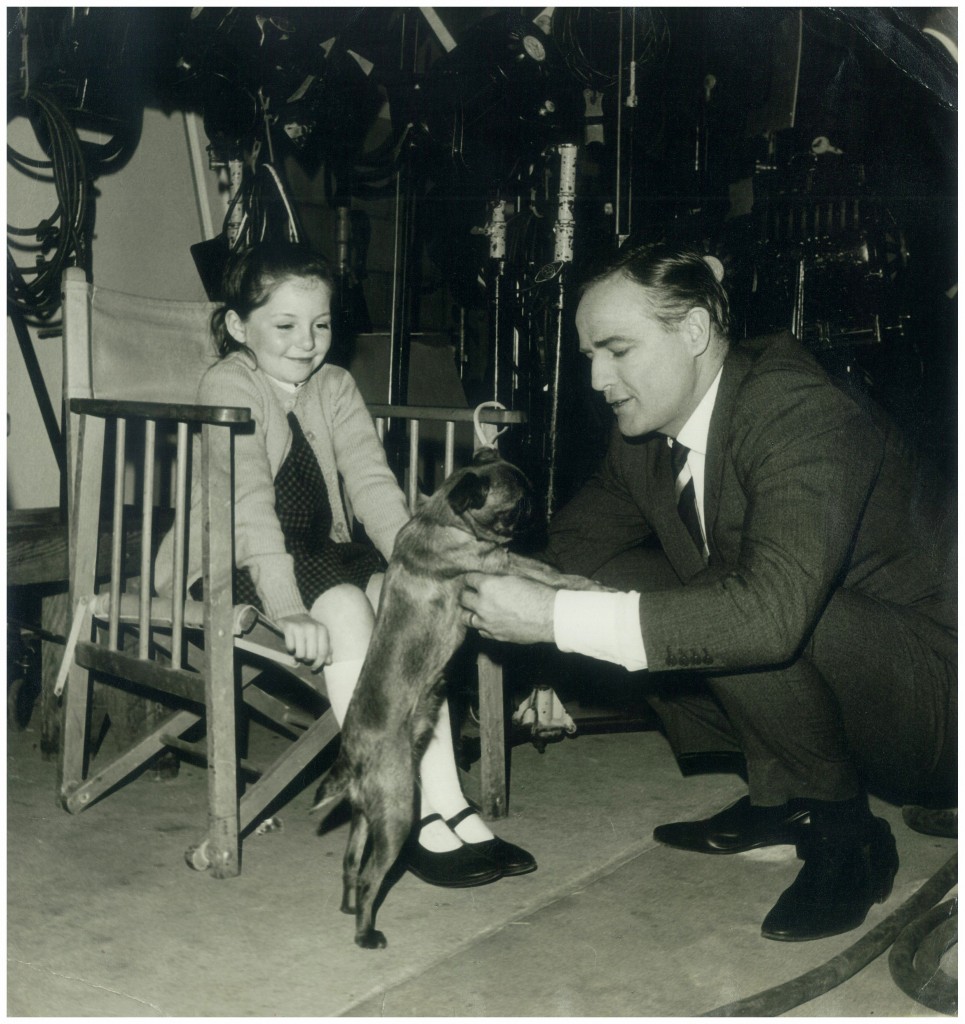
I was just reading Melissa Harrison on the lifelong benefits of outdoor play and it seemed the appropriate moment to dig out this scruffy old photo. There seems to be a lot of concern about nature defecit disorder, a term coined by Richard Louv in his book Last Child in the Woods. The National Trust commissioned a Natural Childhood Report which showed how a generation of children are losing touch with the natural world. It seems we were the lucky ones, this merry band; I’m on the left, alongside Stephen, Stephen, Stephen, Stephen and Michael. We would dam streams to make pools for bathing, with wagtails and dippers and once a kingfisher; we knew perfect climbing trees with branches in all the right places, and often puddles of water in the crevices; we’d forage for blackberries and wimberries and sorrel and others too sour to swallow; we found water boatmen, pond skaters, caddisfly cases, tadpoles, newts, eggs in birdsnests, foxgloves, horsetails, sheep skulls, and a blade of grass stretched between thumbs for a birdcall. All without fluorescent yellow tabards.



